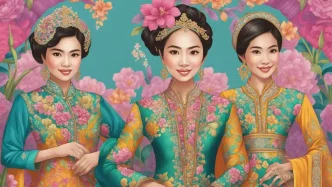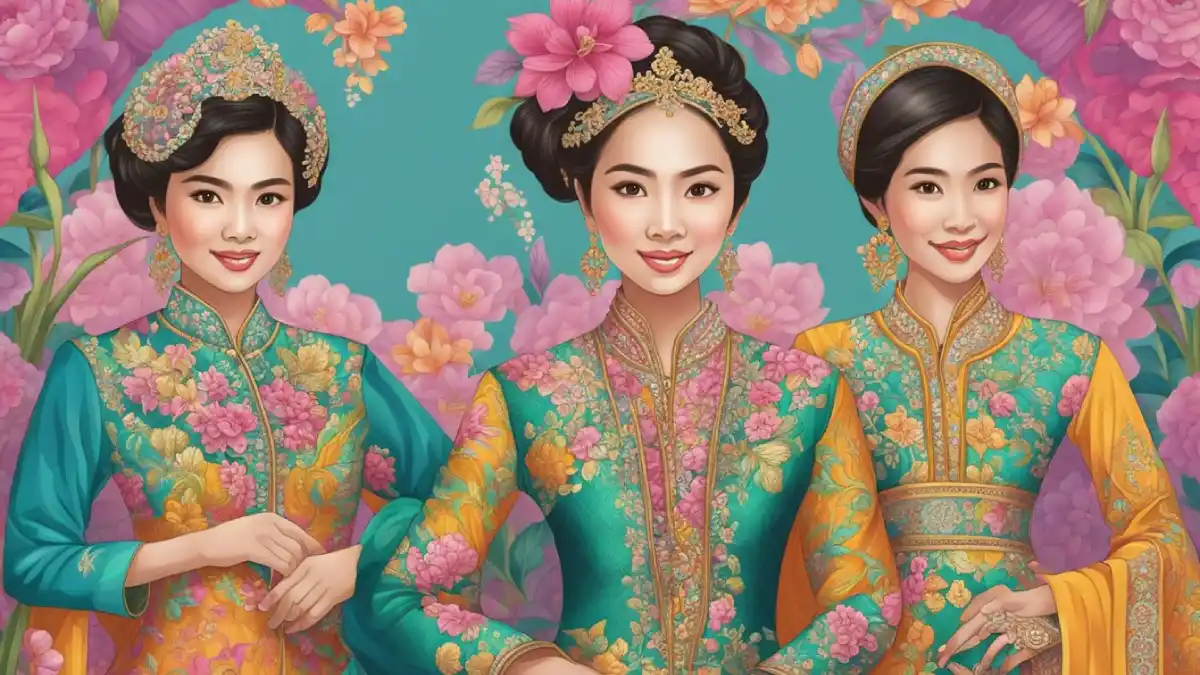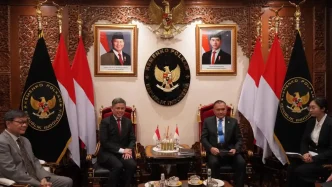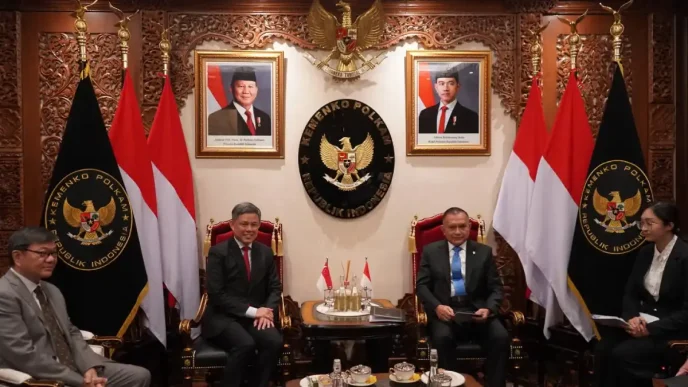Across Southeast Asia, the kebaya stands as a timeless emblem of cultural identity, weaving together threads of history, tradition, and contemporary style. This iconic garment, often associated with Indonesia, Malaysia, and Singapore, transcends mere fashion to embody the region’s rich heritage. Worn during significant life events and national celebrations, the kebaya is more than clothing—it’s a living narrative of resilience and adaptation, reflecting the diverse communities that cherish it.
A Garment Steeped in History
The kebaya’s origins trace back centuries, believed to have emerged from the blending of indigenous styles with influences from Chinese, Arab, and European traders who frequented Southeast Asian ports. Its name is thought to derive from the Arabic word Abaya, meaning cloak, hinting at the cultural exchanges that shaped its early form. Over time, the kebaya evolved into a fitted blouse, typically made of sheer or semi-sheer fabric like cotton, silk, or lace, paired with a sarong or batik skirt. Its intricate embroidery and delicate designs often reflect the wearer’s social status, region, and personal story.
In Indonesia, the kebaya holds a particularly profound significance, recognized as part of the national dress. It became a symbol of resistance during the country’s struggle for independence, with women donning it to assert cultural pride against colonial influences. Today, it remains a staple at weddings, graduations, and official ceremonies, embodying a connection to the past while embracing the present. Similarly, in Malaysia and Singapore, the kebaya is celebrated as a marker of Peranakan heritage, often adorned with vibrant motifs that speak to the community’s unique blend of Chinese and Malay traditions.
Modern Elegance and Cultural Revival
While deeply rooted in tradition, the kebaya has not remained static. Contemporary designers across Southeast Asia are reimagining the garment, infusing it with modern cuts, fabrics, and styling to appeal to younger generations. In Indonesia, fashion houses have introduced kebayas with shorter hemlines or paired them with tailored trousers, making them suitable for professional settings or casual outings. This evolution ensures the kebaya remains relevant, bridging the gap between heritage and modernity.
In Malaysia, the kebaya is often seen at cultural festivals and national holidays like Hari Raya and Merdeka Day, where it symbolizes unity among diverse ethnic groups. Designers have experimented with bold colors and minimalist designs, catering to a global audience while preserving the garment’s essence. Singapore, too, has witnessed a resurgence of interest in the kebaya, particularly among the Peranakan community, with events like the annual Kebaya Runway showcasing innovative takes on this traditional attire.
The kebaya’s adaptability is also evident in its growing presence on international stages. Southeast Asian designers have presented kebaya-inspired collections at global fashion weeks, earning acclaim for their ability to merge cultural authenticity with high fashion. This visibility not only promotes the region’s heritage but also challenges stereotypes, presenting Southeast Asia as a hub of creativity and innovation.
A Shared Heritage Across Borders
One of the kebaya’s most remarkable aspects is its ability to unite diverse communities. Though variations exist—such as the Indonesian kebaya kartini with its long sleeves or the Malaysian kebaya nyonya with its intricate beadwork—the garment serves as a common thread across borders. It reflects shared histories of trade, migration, and cultural exchange, reminding wearers and admirers alike of the interconnectedness of Southeast Asian societies.
Efforts to preserve and promote the kebaya are gaining momentum. In Indonesia, schools and community groups organize workshops to teach younger generations the art of wearing and crafting the garment. Museums and cultural institutions across the region host exhibitions that trace its historical journey, ensuring its stories are not forgotten. These initiatives underscore a collective desire to safeguard the kebaya as a living piece of history, even as it evolves with the times.
The Kebaya’s Enduring Spirit
As Southeast Asia navigates the complexities of globalization, the kebaya remains a steadfast symbol of identity and pride. It is a testament to the region’s ability to honor its past while embracing the future, a garment that carries the weight of history yet feels light with possibility. Whether worn at a village ceremony or a city runway, the kebaya continues to tell the stories of the people who wear it—a quiet but powerful reminder of where they come from and who they are.
Across Indonesia, Malaysia, and Singapore, communities are ensuring that the kebaya’s legacy endures, stitching new chapters into its already vibrant tapestry. It is a celebration of culture that invites everyone to appreciate the beauty of tradition, reimagined for today’s world.
















